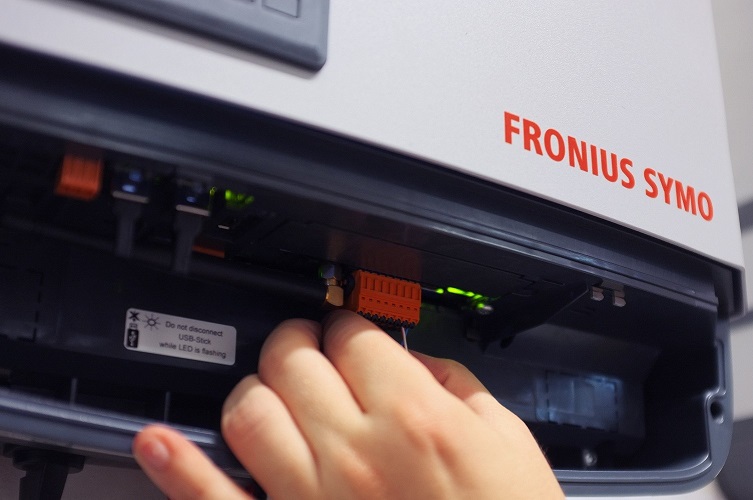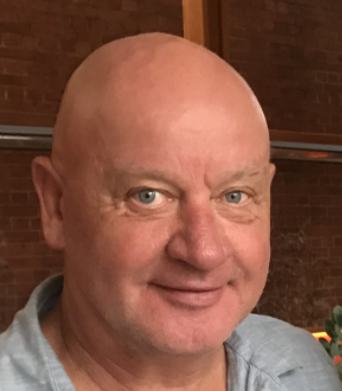Best Solar inverters in Australia

Best solar inverters in Australia - Updated November 2022
Can a cheap inverter be one of the best?
The quality, features and reliability of ALL solar inverters has improved leaps and bounds over the past ten years.
With ten year warranties standard on just about every residential inverter, the bar has been raised considerably.
However, whilst Alpha, Delta, Goodwe, Growatt, Sofar, SolaX, Solis and others make much better inverters,
they aren't 'the best', unless your definition of 'the best' is 'the cheapest'.
If we ignore inverter brands and models of years ago and just focus on what's available right now then...
Reliability
Huawei and Fronius are comfortably the most reliable inverters we have installed over the past five years.
One fault with each brand over that time, both rapidly replaced by the manufacturer.
Sungrow and SMA are tied equal third for reliability.
SolarEdge and Enphase are slightly unusual products in that they operate using little black boxes under every panel.
DC optimisers for SolarEdge and Micros for Enphase.
This significantly increases the number of things that can go wrong, and therefore comparisons with a single inverter isn't entirely fair.
However, very little actually has gone wrong despite that additional spread of electronics, so excellent reliability really.
Handling shade on panels
Shade on panels reduces their output. Everyone knows that.
Panels have their own defense mechanism (diodes) to stop a shaded panel from dragging down others.
The better inverters also try very hard to reduce power losses from shade.
SMA call it 'ShadeFix', Fronius, 'Dynamic Peak Manager' and Huawei don't have a special name for it.
'It' being regular checks on the panel voltages. The good inverters hunt for the best voltage more often and over a wider range.
Its just firmware, code. No additional hardware components, so you would think everyone has it. That was Huawei's view.
Connecting batteries
Fronius GEN24Plus, Huawei L1 and M1, Sungrow SH range.
All great quality 'hybrid' inverters that can have a battery plugged into them.
Those inverters are called 'hybrids' because they control both panels and a battery.
It's worth pointing out that a hybrid inverter with a battery is working flat out 24 hours a day.
The best inverters are designed to do that for 20 years with 20 year extended warranties available.
You won't find a 20 year warranty option for the cheaper inverters, for good reason.
Reporting
Every inverter, no matter how good or cheap it is, has reporting to smartphones and web browsers.
It's mostly free, but Fronius for example charge $40 a year for their 'premium version'.
LCD screens on the inverter itself have largely been dispensed with as a 'point of failure'.
There isn't much consideration given to people who aren't tech savvy and would prefer a screen.
There's little to choose between brands as far as the online / phone reporting features are concerned.
They all have nice graphs that show solar consumption, if you buy the inverter 'smart meter' then you can see
self-consumption of solar, imports form the grid and exports back out for a feed in tariff.
Efficiency
If you look at an inverter brochure/datasheet it will show it's rated efficiency.
There are two common 'standards', 'Maximum Efficiency' and 'European Efficiency'
These are different ways to calculate how much of the DC panel power is converted to AC.
I'll quote 'Maximum Efficiency' numbers here:
Huawei 5kW L1 - 98.4%
Sungrow SH5.0RS - 97.7%
Fronius 5kW Primo GEN24Plus - 97.6%
Handling the Australian heat
One of the most interesting statistics I look at in my job as service manager is derating.
This is where the inverter's output reduces as it's internal temperature rises.
You might think that having a fan inside the inverter will make it handle the heat better.
You would be right, but only to a point.
The internal components and design of the inverter appear to be more important than a fan.
The best 'heat handling' inverters I monitor are Huawei, Fronius and Sungrow in that order.
Almost zero derating even on the hottest of days inside hot garages.
I won't name the worst, but they are in the 'cheaper' category and very poor in the heat.
Huge derating on hot days...50% isn't unusual and sometimes total shut-down to 'cool off'.
They would do ok in Scotland.
The biggest brands
Most people prefer 'big brands' but in solar most of the names are unfamiliar.
Whilst hardly anyone can pronounce their name (Wah Way), Huawei are familiar because of their phones.
They have been the largest solar inverter manufacturer in the world every year for the past 7 years.
Sungrow are World No.2, SMA 6th, SolarEdge 9th and Fronius are 12th.
The top two brands are involved heavily in 'big solar' and sell significantly more than 3rd place..
Massive inverters for solar farms, commercial installations, not just residential.
The biggest brand worldwide in residential is, Growatt.
I have to say that surprised me when I first saw that in a report.
Close to the cheapest brand available, but they do have a very large range of products.
Best support
Huawei and Fronius provide 24 x 7 support, 7 days a week, and very good it usually is too.
The rest tend to operate more 'East Coast' hours which can sometimes be a bit frustrating for us in WA.
Sungrow, despite their limited operating hours, seem to be the quickest to answer the phone and very helpful.
(08) 6102 2527
or email
This review was written by Andrew MacKeith, Solar4Ever service manager since 2011.
